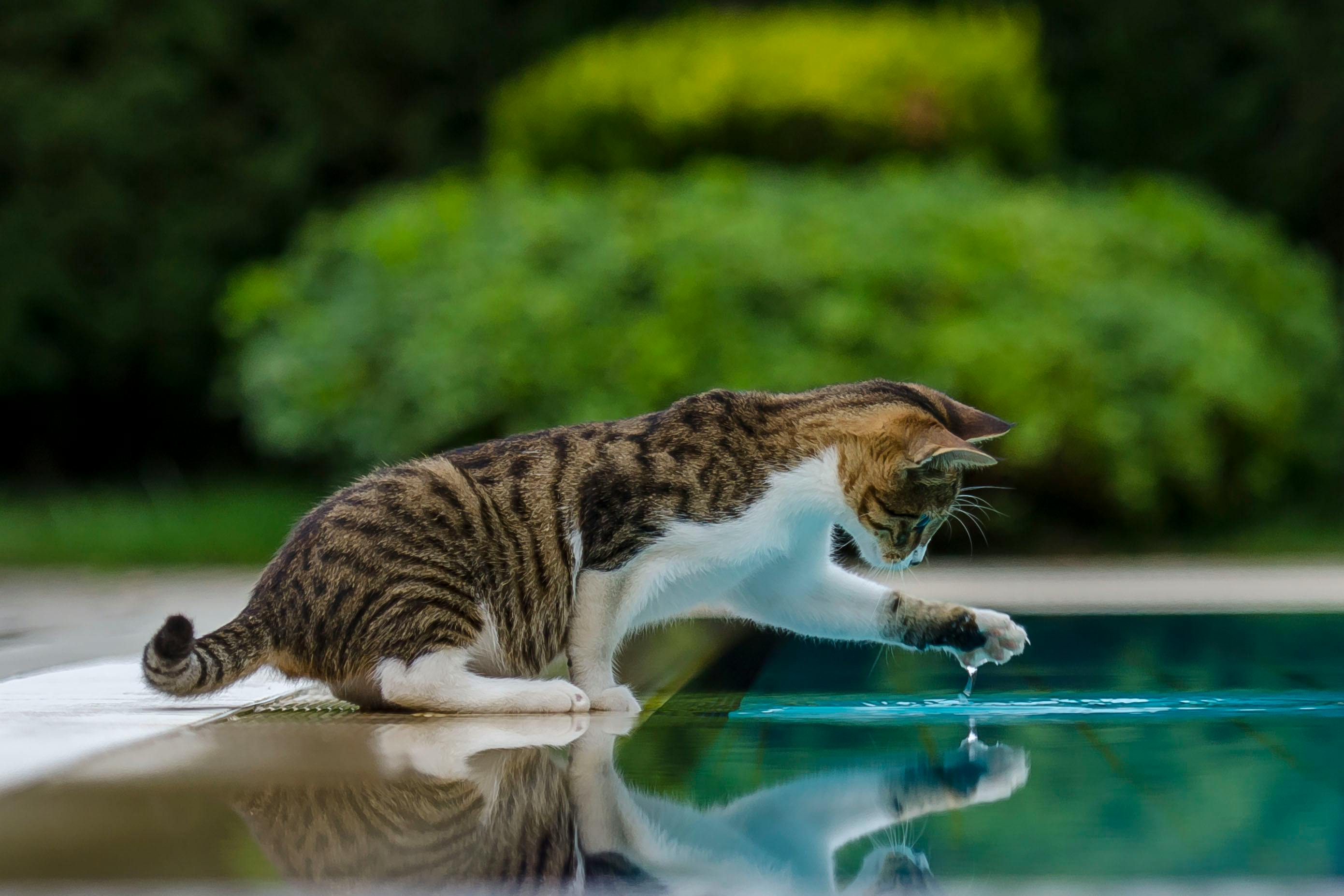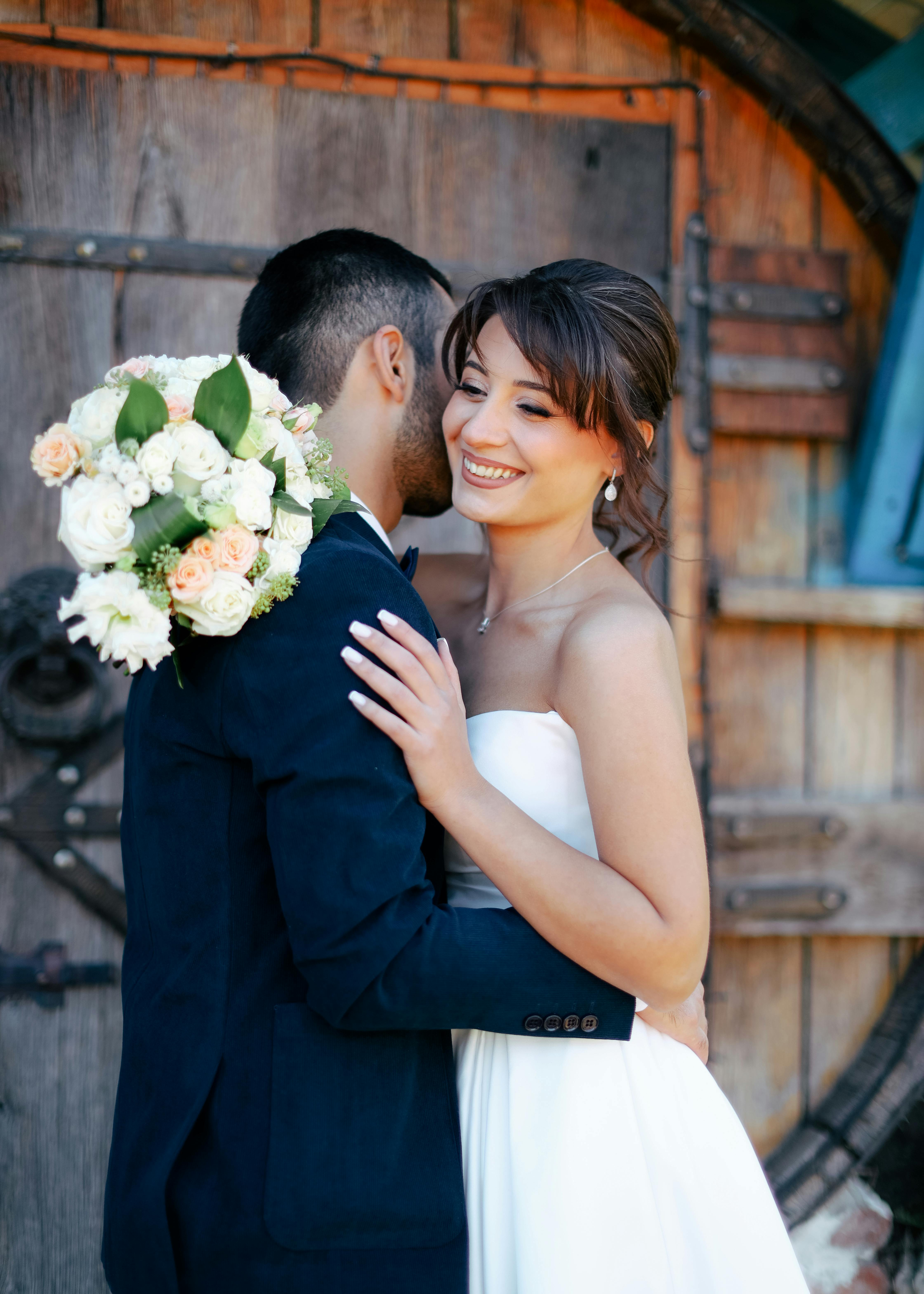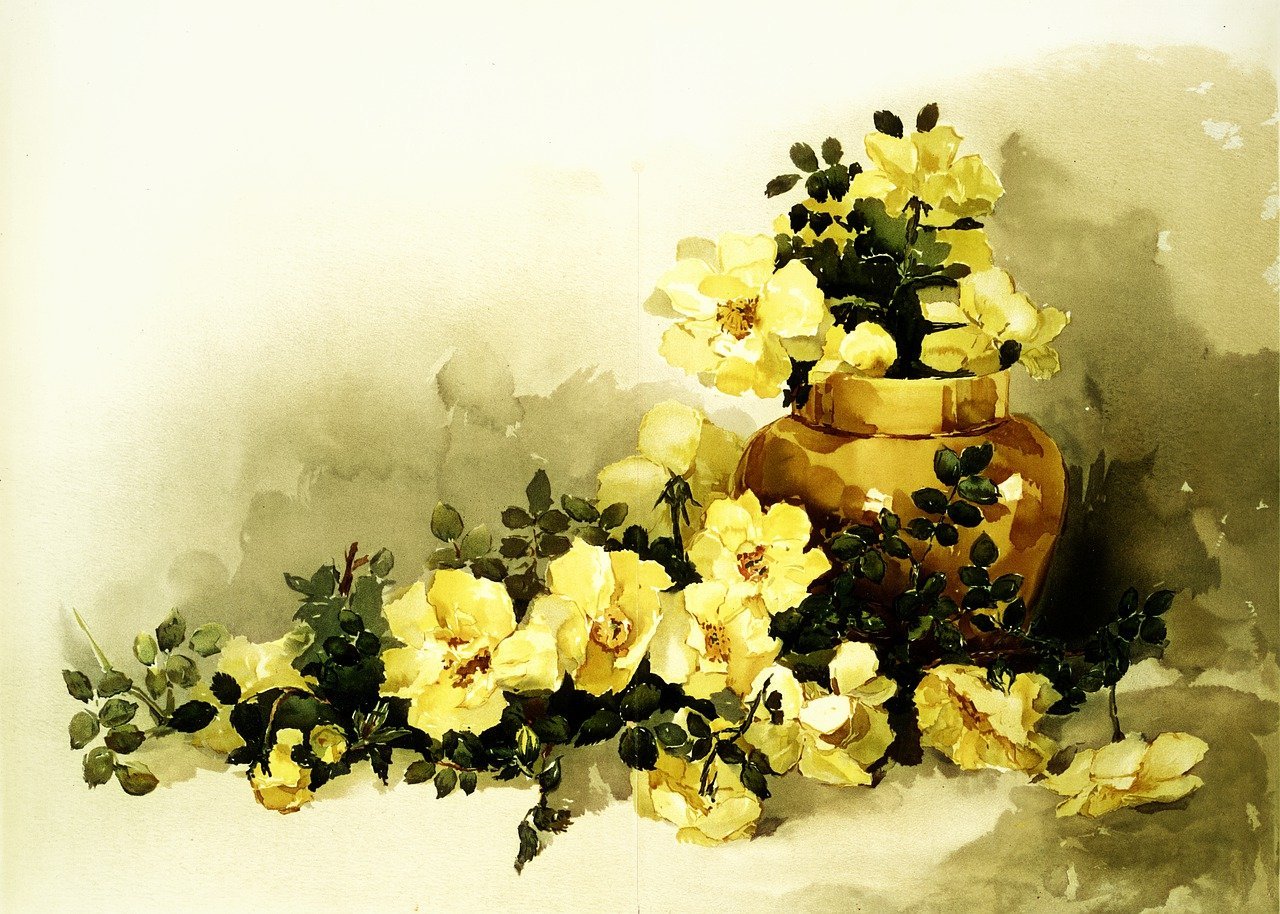How to Choose the Perfect Color Temperature for Your Barn Lights
When it comes to selecting the right color temperature for your barn lights, it’s essential to consider both the functionality and ambiance you want to achieve. With so many options available, making the right choice can seem overwhelming. This guide will help you understand the importance of color temperature and provide you with tips on how to choose the perfect one for your barn lights.
Understanding Color Temperature
Color temperature is a term used to describe the appearance of light provided by a light source. It is measured in Kelvin (K) and indicates whether the light emitted appears warm or cool. Understanding color temperature is essential when selecting lighting for different spaces, as it can significantly impact the mood and atmosphere of the area.
Warm White (2700K – 3000K)
Warm white light has a color temperature ranging from 2700K to 3000K and emits a cozy and inviting glow. This color temperature is ideal for creating a relaxing and comfortable environment, making it perfect for barns used for unwinding after a long day of work.
Cool White (3500K – 4100K)
Cool white light falls within the range of 3500K to 4100K and provides a bright, vibrant illumination. This color temperature is best suited for task-oriented spaces in barns where clarity and visibility are crucial, such as workshops or storage areas.
Daylight (5000K – 6500K)
Daylight color temperature ranges from 5000K to 6500K and replicates natural daylight. It creates a crisp and energetic environment, making it perfect for barns where productivity and focus are essential, like offices or studios for artisans.
Factors to Consider When Choosing Color Temperature
When deciding on the color temperature for your barn lights, several factors need to be taken into account to ensure that you achieve the desired lighting effect. Consider the following aspects before making your final decision:
Purpose of the Space
Think about how the barn will be used and what kind of activities will take place in it. If the barn is primarily used for relaxation or socializing, warmer color temperatures may be more suitable. For workspaces or areas where attention to detail is required, cooler color temperatures are a better choice.
Existing Lighting
Take into consideration any existing lighting fixtures in the barn and their color temperatures. You want your barn lights to complement the current lighting scheme rather than clash with it. Harmonizing the color temperatures of all lighting sources will create a cohesive and visually appealing environment.
Personal Preference
Ultimately, choosing the perfect color temperature for your barn lights depends on your personal taste and the ambiance you wish to create. Consider what mood and atmosphere you want to achieve in your barn to make an informed decision that reflects your style.

This image is property of images.pexels.com.
Guidelines for Selecting the Right Color Temperature
To help you narrow down your options and select the right color temperature for your barn lights, follow these guidelines to ensure you make an informed choice:
Balance Warmth and Brightness
It’s important to strike a balance between warmth and brightness when choosing the color temperature for your barn lights. Consider the function of the space and how the lighting will impact your activities to ensure you achieve the perfect blend of ambiance and visibility.
Test Different Color Temperatures
If you’re unsure about which color temperature to choose, try experimenting with different options to see which one suits your barn best. Purchase sample bulbs with varying color temperatures and test them out in different areas of the barn to determine which one enhances the space the most.
Matching Color Temperature to Barn Design
The color temperature of your barn lights should complement the overall design and style of your barn. Whether your barn boasts a rustic charm or a modern aesthetic, selecting the right color temperature will enhance the ambiance and highlight the architectural features of the space.
Rustic Barns
For rustic barns with exposed wood and traditional decor, warm white light with a color temperature of 2700K to 3000K will enhance the cozy and inviting atmosphere. It will create a welcoming environment where the warmth of the light accentuates the natural textures and materials of the space.
Modern Barns
In modern barns with clean lines and contemporary design elements, cooler color temperatures ranging from 3500K to 4100K will provide a sleek and sophisticated lighting scheme. The cool white light will illuminate the space evenly and emphasize the modern aesthetics of the barn.
Industrial Barns
Industrial-style barns with metal accents and minimalist decor can benefit from daylight color temperatures between 5000K and 6500K. The crisp and energizing light will enhance the raw, utilitarian features of the space, creating a bright and vibrant environment that is both functional and stylish.

This image is property of images.pexels.com.
Conclusion
Selecting the perfect color temperature for your barn lights is crucial in creating the desired ambiance and functionality for your space. By understanding the different color temperatures and considering factors such as the purpose of the space, existing lighting, and personal preference, you can make an informed decision that enhances the overall aesthetics of your barn. Whether you prefer warm white light for a cozy feel or daylight color temperature for an energizing atmosphere, choosing the right color temperature will transform your barn into a well-lit and inviting space that meets all your lighting needs.


